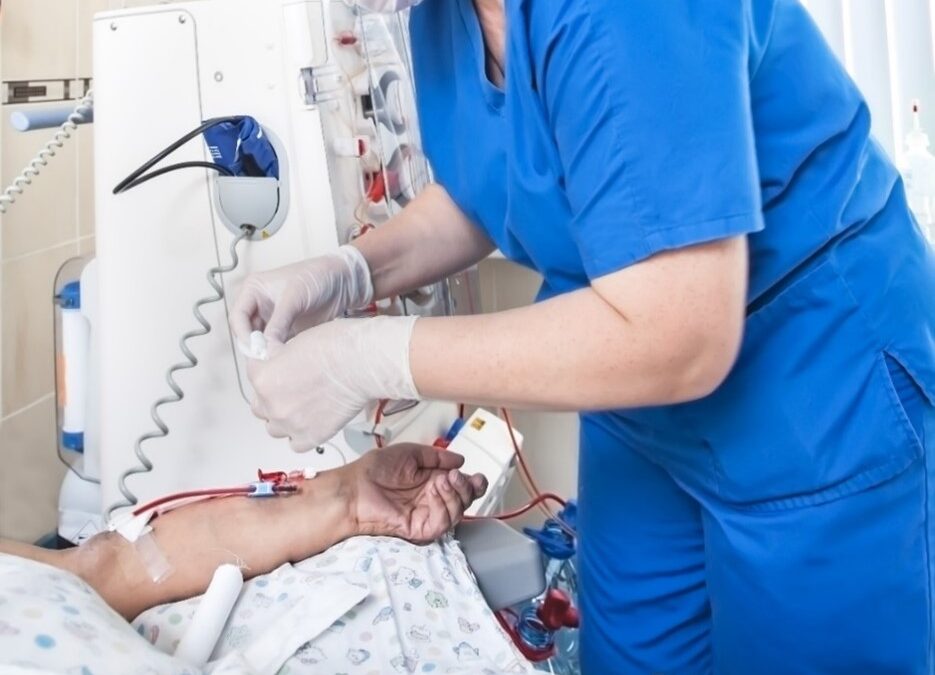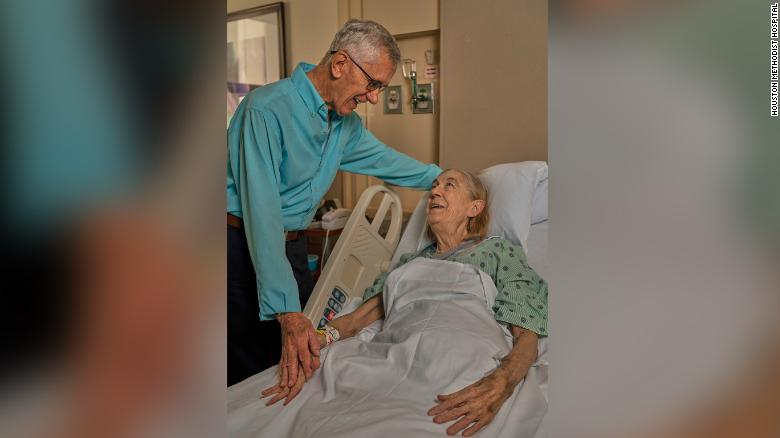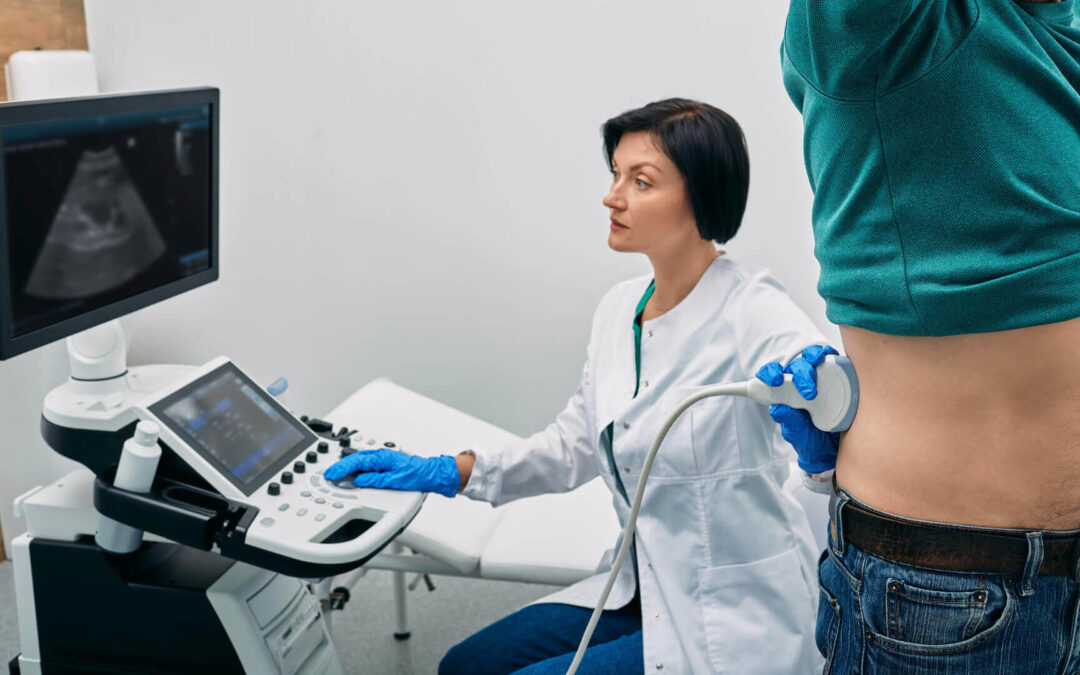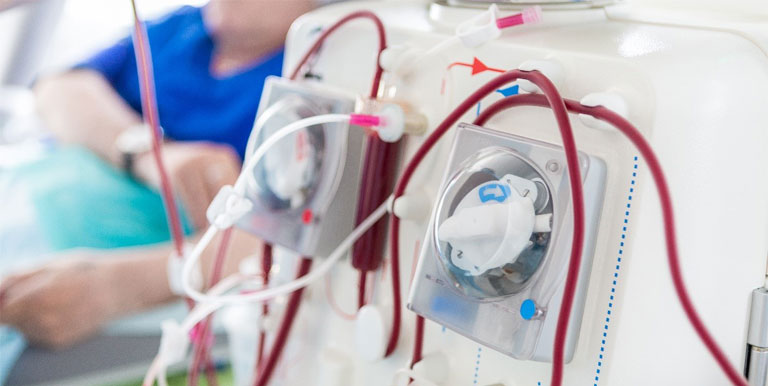
by Southwest Kidney Institute | Oct 4, 2024 | Blog
When your kidneys fail, two treatment options exist: dialysis or a transplant. A transplant involves the removal of your failing kidney and replacement of it with a new kidney from a donor. Some patients undergo dialysis for a period of time not long after kidneys...

by Southwest Kidney Institute | Oct 4, 2024 | Blog
For both kidney and simultaneous kidney-pancreas (SKP) transplants, two types of donors exist: Living donor Deceased donor In either case, the donor has to be a match with you. For living donors, the best results are usually a closely matched kidney from a living...

by Southwest Kidney Institute | Oct 4, 2024 | Blog
How Does Diabetes Impact a Transplant? When a patient has kidney failure related to type 1 diabetes, a simultaneous kidney-pancreas transplant (SKP) is done, if the physician deems transplant to be the best option for the patient. In type 1 diabetes, the pancreas does...

by Southwest Kidney Institute | Oct 4, 2024 | Blog
What is Vascular Access? Your nephrologist (kidney doctor) may have recently told you that you have advanced kidney disease (also known as end stage renal disease or ESRD) and that you need to begin dialysis. You are not alone. There are currently more than 468,000...

by Southwest Kidney Institute | Oct 4, 2024 | Blog
What is Peritoneal Dialysis (PD)? Your belly has a membrane inside called the “peritoneum” which can be used to clean your blood of toxins, balance electrolytes, buffer acid and remove fluid if your kidneys are unable to do so. Developed many years ago, this process...

by Southwest Kidney Institute | Oct 4, 2024 | Blog
Home dialysis is a process of training the patient and care partner to do hemodialysis at home. It can be a positive and liberating option for motivated patients with good health literacy and family support. With home dialysis, like with peritoneal dialysis, you are...






